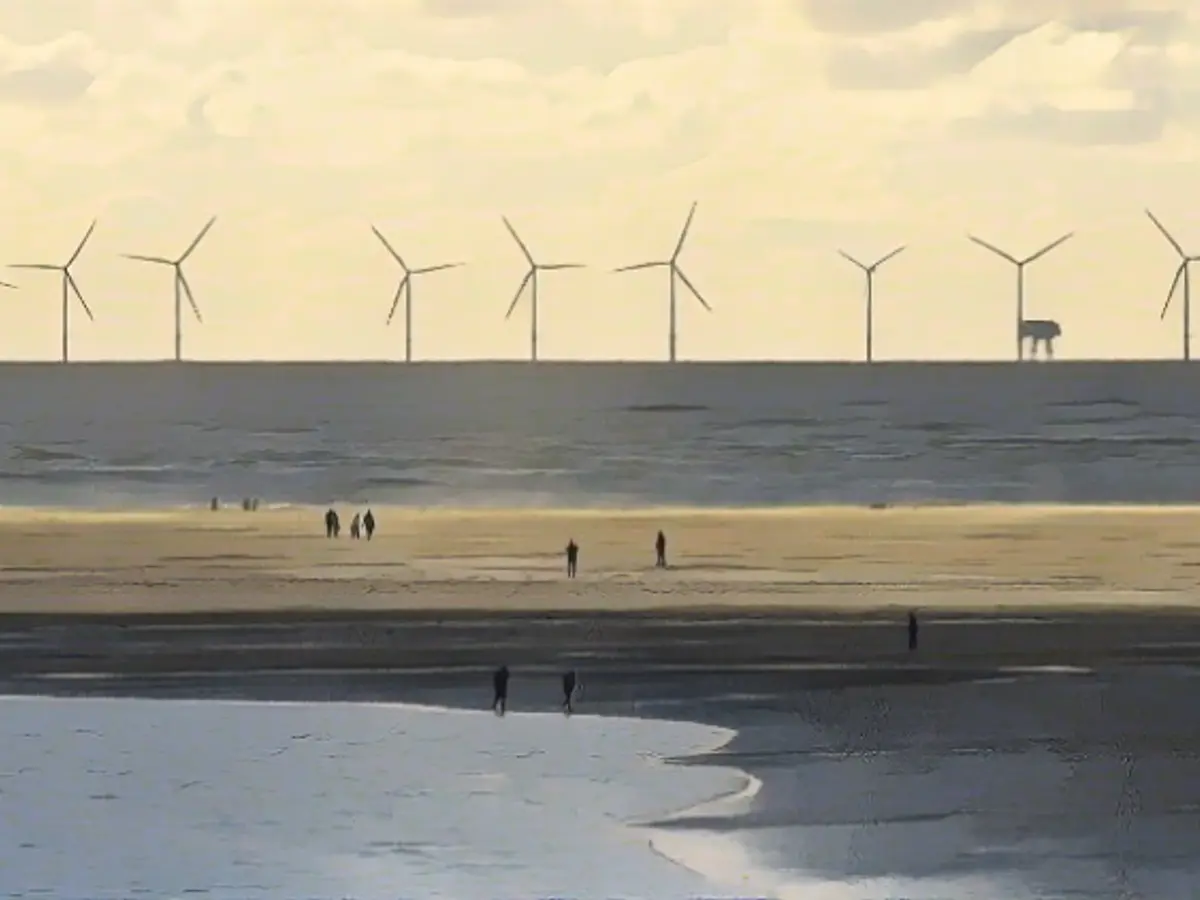Offshore Wind Energy Expansion in Germany: A Challenging Journey
With wind power aiming to become the foundation of Germany's energy supply, the path forward is not an easy one. This is evident in the analysis of offshore expansion plans, which reveals that inadequate port areas pose the primary hurdle.
As per the wind power industry, the expansion of offshore wind energy necessitates up to 200 hectares of additional heavy-duty space in German seaports. Translating this, it amounts to an amount of space equivalent to a parking lot holding 260,000 cars or 270 soccer fields, as pointed out by the Offshore Wind Energy Foundation's analysis. The anticipated investments for these projects will run into billions over the years.
The Renewable Energy Network Hamburg, Wind Industry and Hydrogen Association WAB, and WindEnergy Network champion this expansion. Karina Würtz, Managing Director of the foundation, observed, "Seaports serve as the central hubs of offshore wind energy, performing functions like base ports for wind farm construction and dismantling, operation and maintenance centers, storage locations, and production sites."
Offshore wind power expansion in Germany targets a capacity of 30 gigawatts (GW) by 2030 and 70 GW by 2045, which corresponds to an expansion of 62 GW within 22 years. This ambitious goal, as per industry estimates, would require around 7,000 new offshore wind turbines as tall as the Eiffel Tower, 2,500 tons of heavy steel foundations, high-tech rotor blades more than 100 meters long, and 20,000 tons of converter station hubs.
In an interview with ntv.de, Würtz expressed concerns about achieving these targets, considering that Germany lacks enough port space to accommodate such expansion. She predicted that only a small amount of wind power would be added by 2028, following which an extensive expansion would take place before scaling it back again. She questioned whether infrastructure could handle such a drastic curve.
The Financial Dark Cloud
Offshore wind power expansion outside Germany is also set to accelerate. However, the competition for port areas is escalating due to the quickening pace of expansion and the challenging financial situation, posing an uncertain threat to achieving offshore wind expansion objectives. While ports in the Netherlands and Denmark, such as Eemshaven and Esbjerg, have been extensively focusing on the offshore wind sector, German ports have gradually shifted their attention to other sectors. However, the capabilities of foreign ports might not be sufficient to support German expansion starting from 2027.
In essence, meeting Germany's goal of expanding offshore wind power to 30 GW by 2030 necessitates priority investment in port infrastructure. Without sufficient heavy-duty space in German seaports, the wind energy transition may encounter hindrances, as emphasized by Karina Würtz of the Offshore Wind Energy Foundation. This transition is heavily reliant on the deployment of offshore wind power, which requires a substantial expansion of offshore wind farms.








